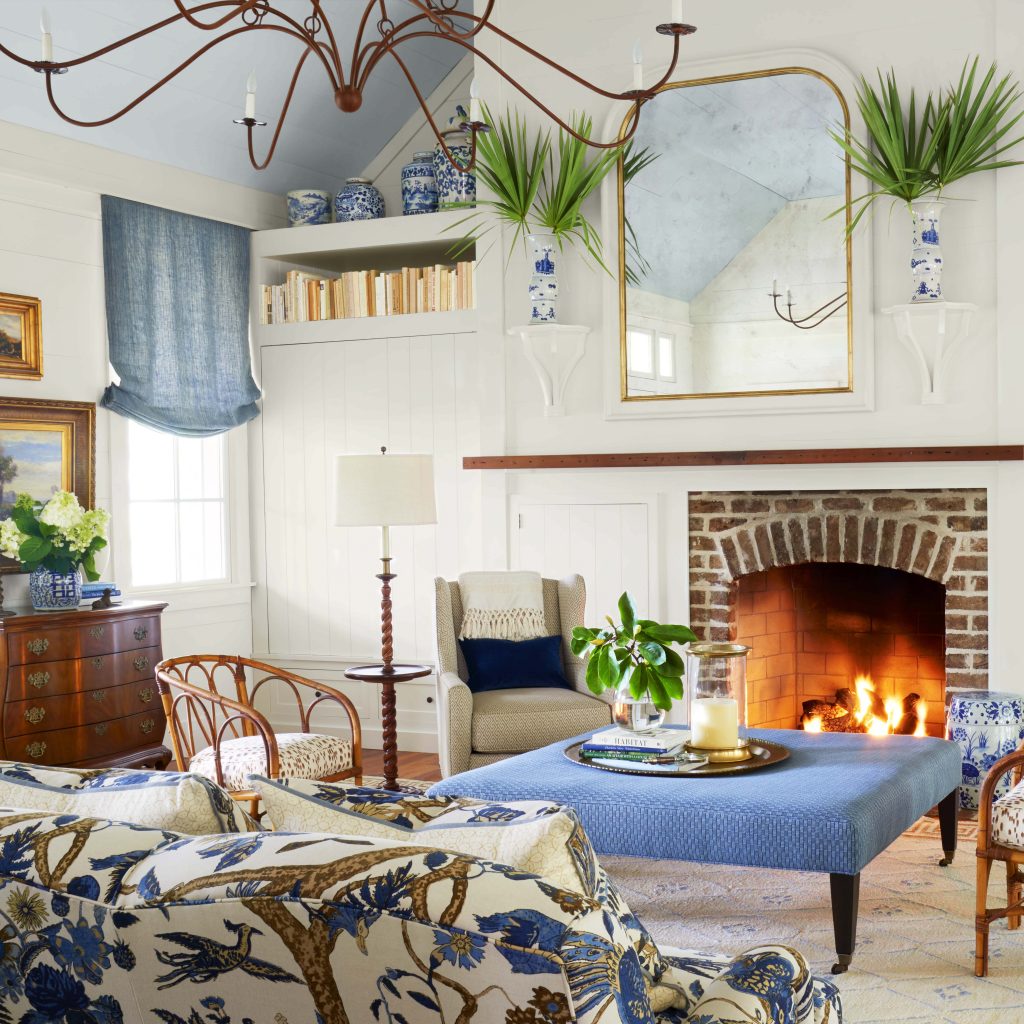Introduction
Lustre Anglais, or English Lustre, is a technique of glass decoration that was popularized in England between the late 18th and early 19th centuries. It involves the application of a mixture of metallic oxides and minerals to the surface of glass and then firing it in a kiln to produce a lustrous and iridescent effect. Lustre Anglais has been used to decorate various glass objects, including vases, bowls, plates, and lamps. In this article, we will explore the history, techniques, and beauty of Lustre Anglais.
History of Lustre Anglais
Lustre Anglais was first developed in the Middle East and North Africa during the medieval period. However, it was not until the 18th century that the technique was introduced to Europe, specifically to Italy and Spain. In the late 18th century, Lustre Anglais gained popularity in England, where it was used to decorate glassware produced by prominent makers such as Wedgwood, Richardson, and Neri. Lustre Anglais continued to be popular until the mid-19th century, when it fell out of fashion due to the emergence of new glass decoration techniques.
Techniques of Lustre Anglais
Lustre Anglais involves the application of a thin layer of metallic oxides and minerals to the surface of a glass object. The mixture is usually composed of silver, copper, iron, and sulfur, among other substances. Once applied to the glass, the object is fired in a kiln at high temperatures, causing the metallic layer to fuse onto the surface of the glass. During this process, the metallic ions in the mixture react with the surface of the glass, creating a thin layer of metal oxide that produces the lustrous and iridescent effect.
The Different Types of Lustre Anglais
There are different types of Lustre Anglais, each producing a distinct effect on the glass. Gold Lustre, for example, creates a warm and delicate golden sheen, while Silver Lustre produces a bright and reflective silvery finish. Mother-of-Pearl Lustre, on the other hand, creates a soft and iridescent effect that resembles the shimmering surface of a pearl. Over the years, different variations of Lustre Anglais have been developed, each with its unique properties and characteristics.
The Beauty of Lustre Anglais
Lustre Anglais is renowned for its ability to create a stunning and ethereal effect on glass objects. The lustrous and iridescent finish produced by Lustre Anglais reflects light in a way that creates a mesmerizing and captivating effect. The technique is particularly effective in producing complex patterns and designs, making it a popular choice for artists and craftsmen throughout history. The beauty of Lustre Anglais lies not only in its aesthetic appeal but also in its historical significance as a fine art form.
The Legacy of Lustre Anglais
Despite falling out of fashion in the mid-19th century, Lustre Anglais continues to be a popular glass decoration technique today. Its legacy can be seen in the works of contemporary glass artists, who have revived the technique and adapted it to suit modern aesthetics. Lustre Anglais also remains a significant part of the history of glass decoration and art, representing a unique and innovative approach to creating beauty through the medium of glass.


